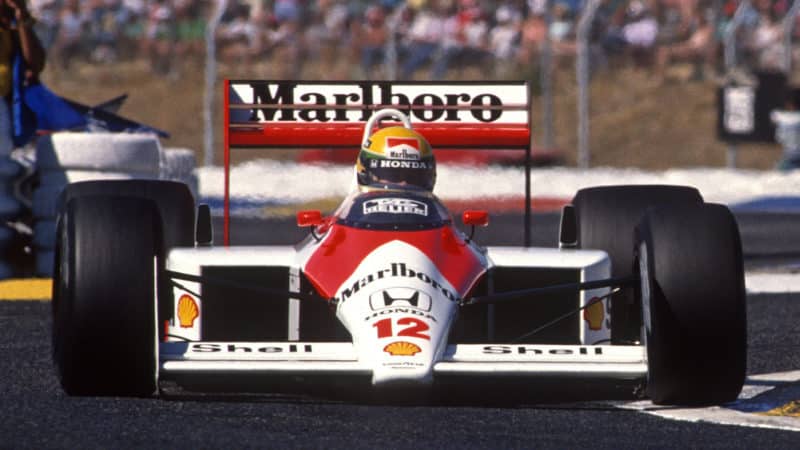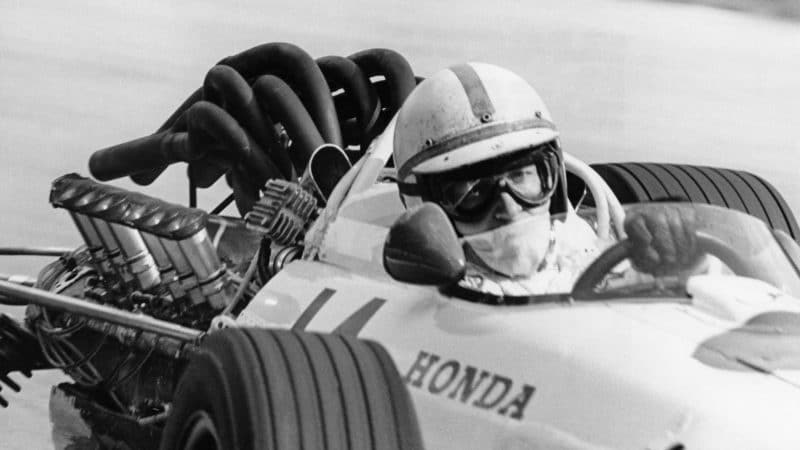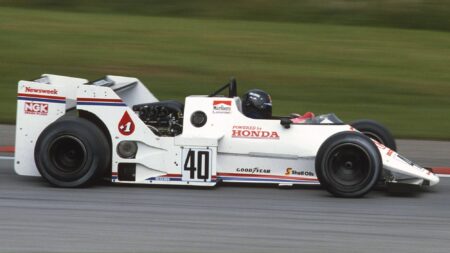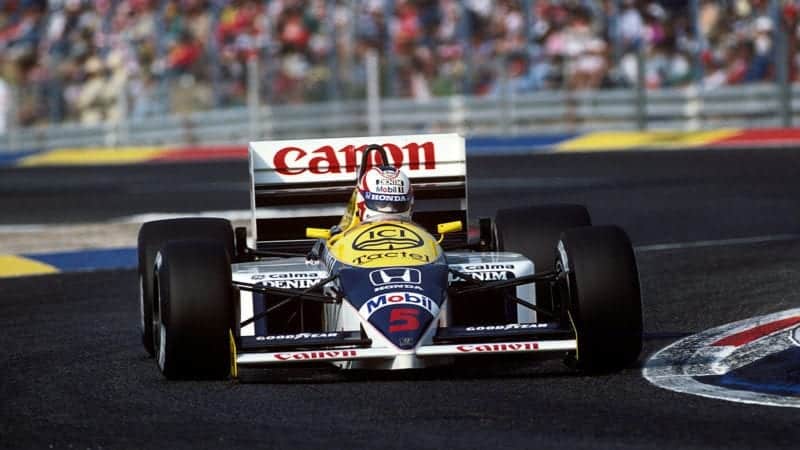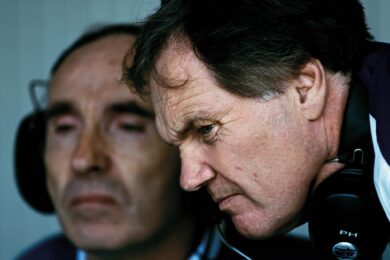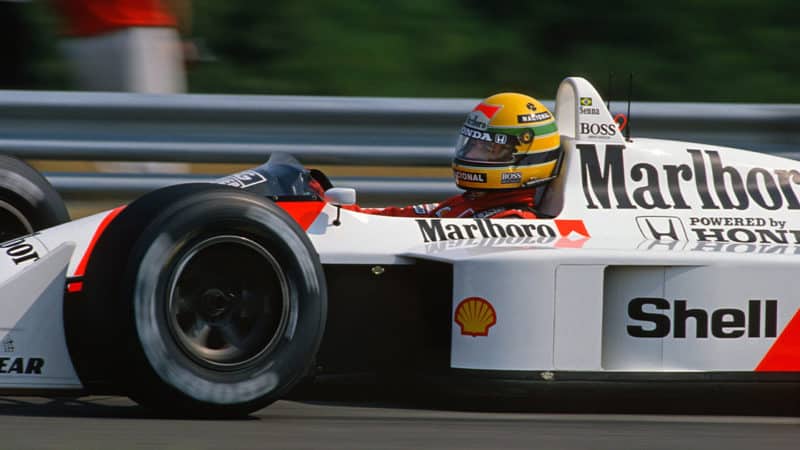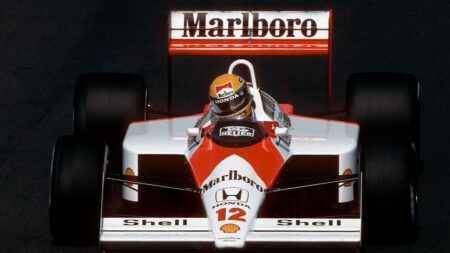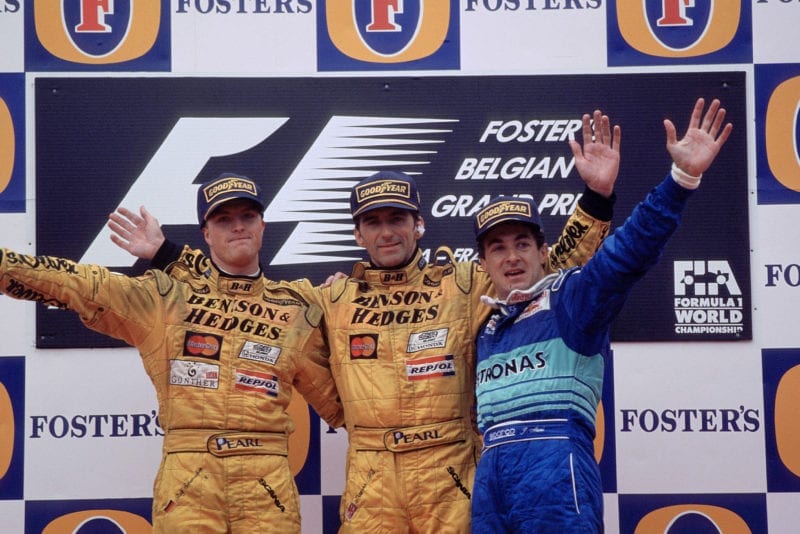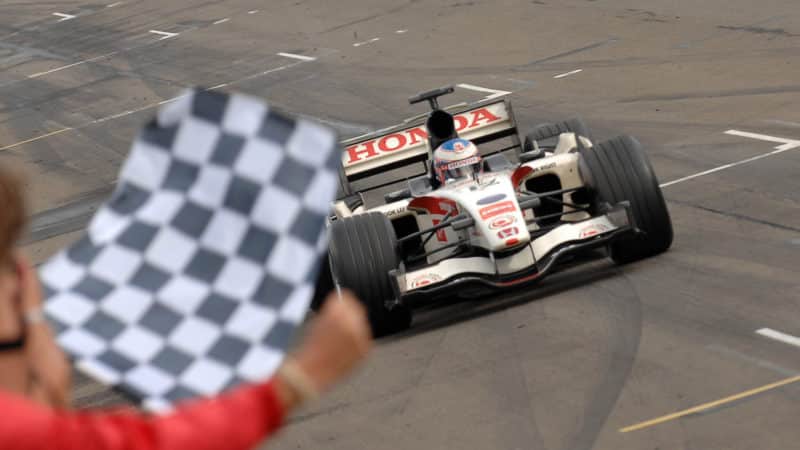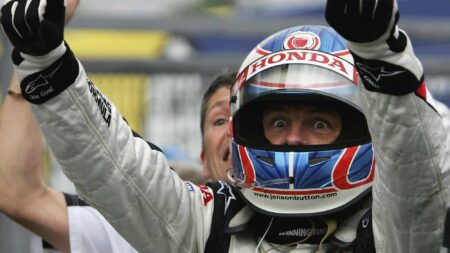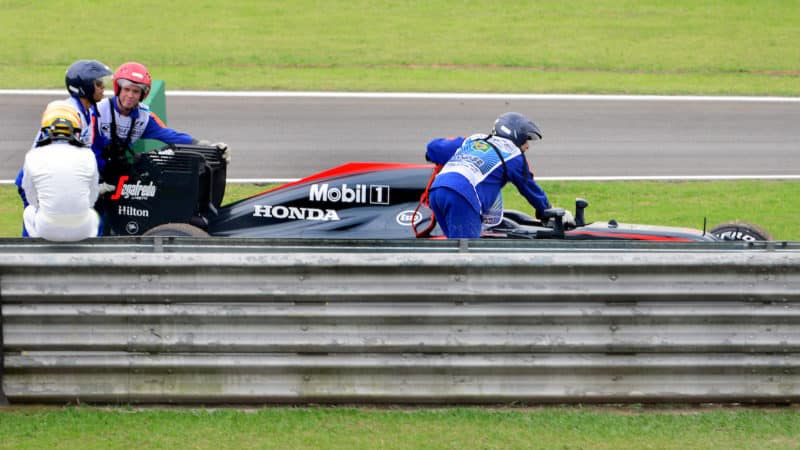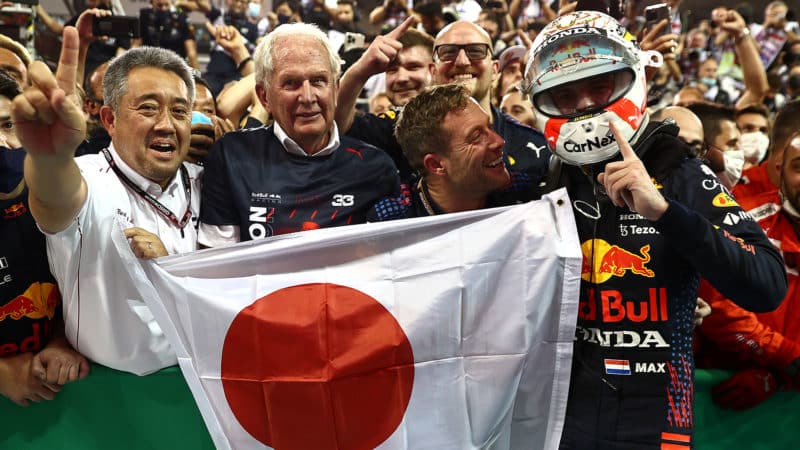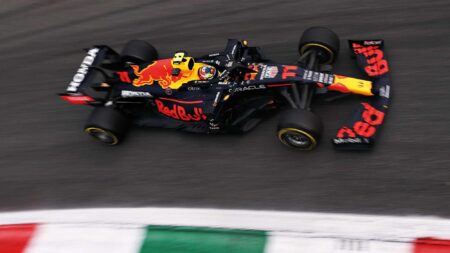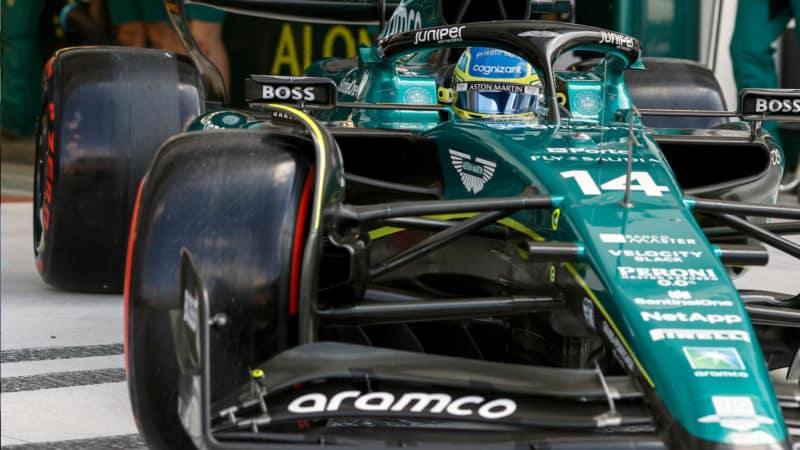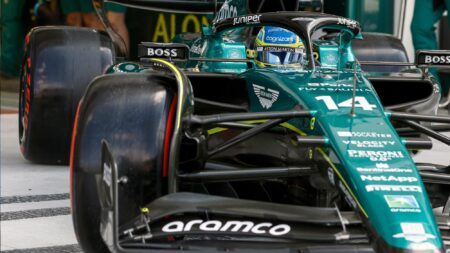Next came the RA273, which John Surtees wheeled to a podium in his first race for Honda, at Kyalami ’67, but the ’64 F1 champ soon decreed the car simply wasn’t good enough.
Surtees initiated a new project in conjunction with Lola, and Honda based its next car on the British marque’s Lola T90 IndyCar.
Thus the RA300 was born, winning first time out in the hands of Surtees by leading just one lap – the final tour of the 1967 Italian GP, the Brit clinching the victory from Jack Brabham by 0.2sec.
Honda’s ’68 effort, the RA301, was problemetic but did garner two podiums for Surtees in the three races he finished in it, before its first F1 tenure ended in tragedy.
The magnesium-skinned RA302 – which Surtees refused to drive after labelling it a “deathtrap” – viciously caught fire at Rouen on lap two of the ’69 French GP when stand-in Jean-Louis Schlesser crashed into a bank. Honda withdrew from F1 soon after.
Spirited return: the first F1 comeback
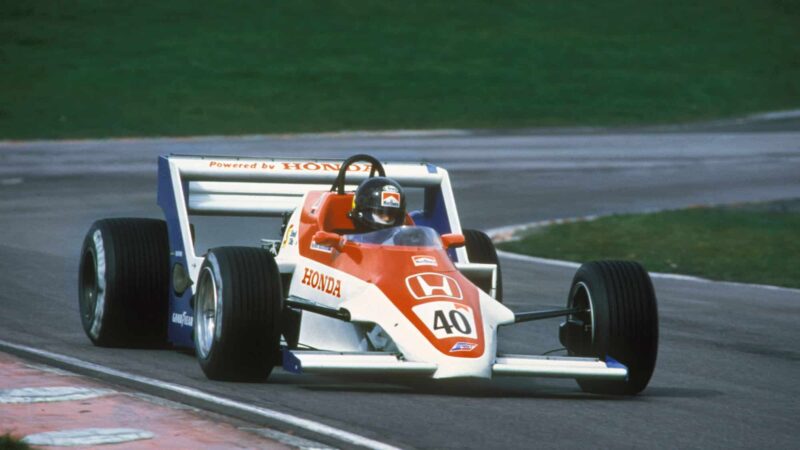
First competitive Spirit outing at Brands Hatch ’83 Race of Champions
Grand Prix Photo
Fifteen years after an absence from grand prix racing, Honda was back – but in not the most auspicious fashion.
The team it chose to make its turbocharged-F1 return with was the little Spirit F2 outfit, run by John Wickham.
